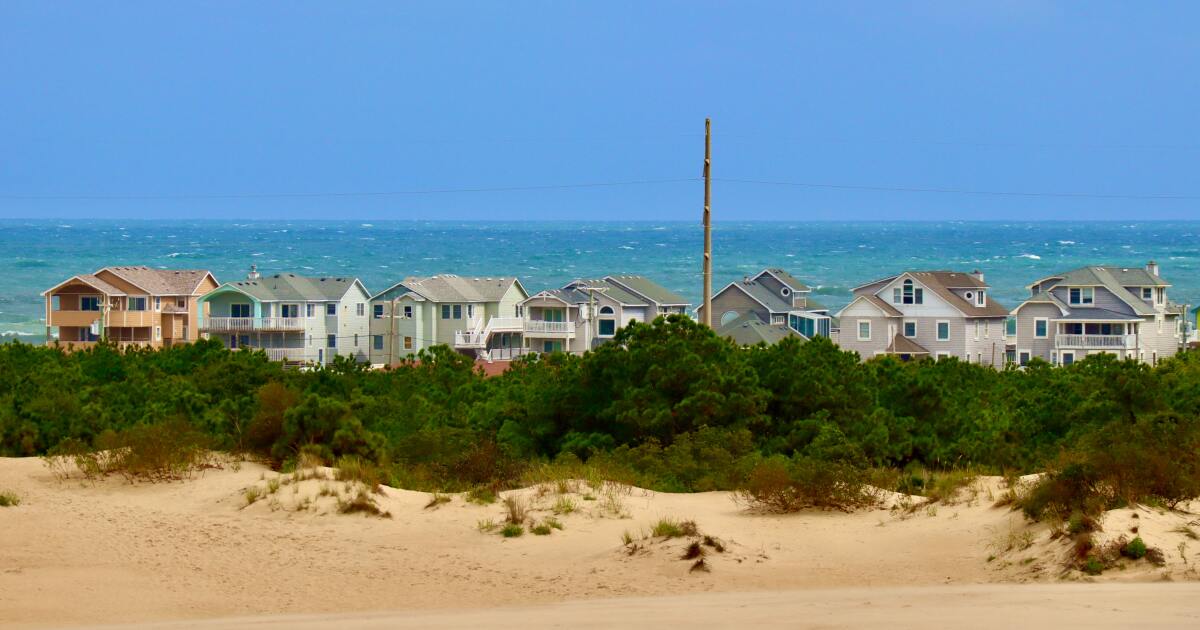
Tuesday, April 27, 2021
For many of us, the effects of climate change can be abstract. While Earth’s surface temperature has increased more than 2 degrees Fahrenheit since the 1800s and much of the ocean has become 30% more acidic, in practical ways, the difference can be hard to notice.
But in parts of the Outer Banks, where some beaches are disappearing by more than 14 feet per year, “waterfront property” is taking on a whole new meaning.
While some coastal towns are considering solutions such as replacing the beaches with new sand, the costs are high and the results are not permanent. In addition, hurricanes often inflict millions of dollars in damage to coastal infrastructure, and experts are warning the 2021 hurricane season will be worse than usual.
As the North Carolina coast is particularly vulnerable to the impacts of climate change, many current solutions are both temporary and expensive. How can the state protect its coastline, and who will foot the bill?
We’ll speak with the experts about our coasts and if the solutions involve much more than our beachfront communities.
GUESTS
Mike Sprayberry, state of North Carolina director of Emergency Management
Jennifer Allen, assistant editor of Coastal Review Online
Sam Burdick, coastal resilience coordinator with North Carolina’s Division of Coastal Management
"how" - Google News
April 27, 2021 at 01:42AM
https://ift.tt/32U4HCt
How Climate Change Is Nipping At North Carolina's Coasts - WFAE
"how" - Google News
https://ift.tt/2MfXd3I
https://ift.tt/3d8uZUG
Bagikan Berita Ini















0 Response to "How Climate Change Is Nipping At North Carolina's Coasts - WFAE"
Post a Comment